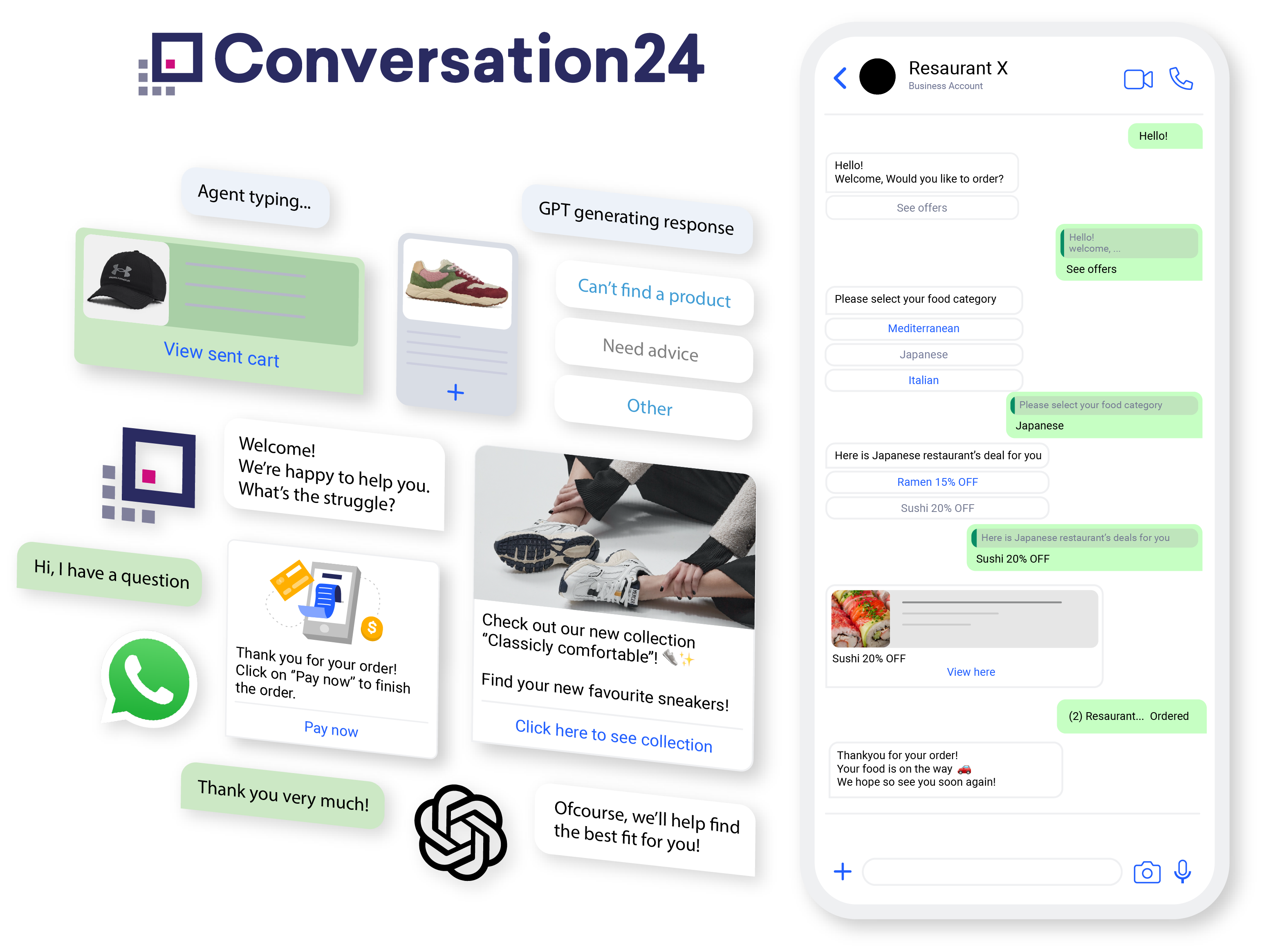Think about how much the way we shop has changed through the years. Now we can smoothly try out a product at a physical store and place the order online later. Furthermore, there is also the possibility to place the order in the morning online to pick it up at the store once you leave the office.
It would not take long for customers to become more demanding and expect stellar service within such an efficient environment. Therefore, technology comes in handy and should be used in every businesses’ favour. What’s more, an omnichannel marketing strategy focuses on delivering the same quality of services over every channel where they are present. Online and offline!
However, integrating all channels is not an easy task. Ensuring that communication within each channel is equally unified can be a challenge. Adopting an omnichannel marketing strategy requires commitment and hard work, but it does pay off as soon as you see the results!
Let’s learn more about the best practices to build an omnichannel marketing strategy. Check out our guide!
Begin With a Customer-Centric Approach To Build An Omnichannel Marketing Strategy
The first switch required lies in the approach adopted by the business. Instead of a profit-focused strategy, it is best to go the customer-led sales way.
One way to reframe the strategy is by reviewing the buyer’s journey. An omnichannel marketing strategy is all about engaging the customer. Therefore, begin by identifying the possible paths taken by buyers before they become customers.
Those possible paths are also known as ‘touchpoints’. Furthermore, having a clear picture of each one of them is vital to find out the best way to unify the communication within those steps.
Want to learn more about the customer journey first? Then check out this article.
Who Are Your Customers?
After you have all of your touchpoints figured out and clear, it is time to inspect your customers’ profiles. Do you know them well enough? It might be the longest and most meticulous task, as it demands to dive deeper into a lot of data. It is, however, worth the investment.
To start with, go where they are. Take some time to read the emails exchanged with customers and the chats they had with your agents. What are the most common questions? What is the service they require the most? Going through that information helps find more about how casual visitors and existing customers engage with your brand.
Moreover, the next step consists of evaluating the results you get on Google Analytics. Look out for information like when customers are usually connected, where they spend most of their time, and in which moments they typically reach out for customer service.
Time For Personalization
Customers can be picky, so they are not the biggest fans of pre-written phrases. If your messages sound robotic, they might be a bit disappointed. Luckily, it is easy to adapt your communication towards customers to something more personalised, which shows how much you care for them as individuals and not just as a number.
Be attentive to where they find themselves in the customer journey and work on your personalisation based on that data. For instance, think about what kind of content can be relevant for someone who is about to place an order but is still unsure. They might be interested in receiving a discount code or more information about the perks of shopping on your website.
If it is a returning customer, focus on why they decided to shop again and expand your efforts to that point!
Finding Ways to Develop Proactivity in Different Channels
Communication approaches are not the same from one channel to another, even though you have a flawless conception of your target audience. However, when it comes to an omnichannel marketing strategy, the main goal is to reach a unified way of communicating with customers through every channel.
To this intent, it is crucial to reinforce the message of your business through all of the departments. For that matter, you will find the “voice” of the company and make sure that everyone is aligned to that.
On a last note, consider having consistency in your visual identity likewise.
Is Having an Omnichannel Marketing Strategy Worth the Investment?
We’ll let the statistics answer the question in our place. 83% of consumers say the ability to move from one channel to another is desirable. In other words, customers do prefer shops that offer a seamless experience in every channel. Furthermore, they do appreciate transitioning between channels without experiencing it as a hurdle.
To know if it’s worth having an omnichannel shop, you need to consider whether your business is ready to embrace channel integration. From this perspective, it is essential to emphasise that your company does not need to apply this strategy right away in all channels. You can go slowly and thus evolve.
Ready to craft your omnichannel marketing strategy? Then reach out!


